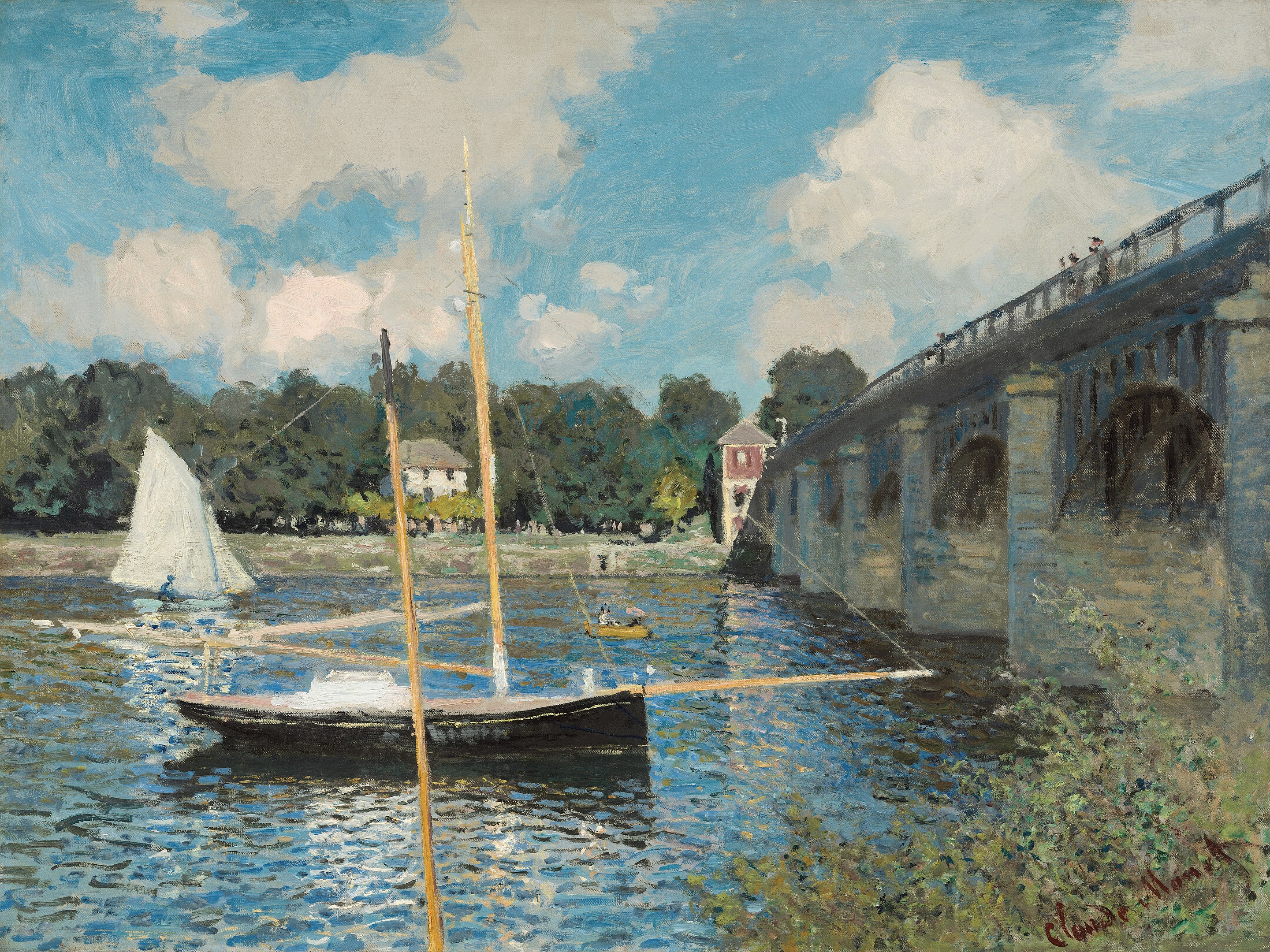Miss La La at the Cirque Fernando is an oil on canvas painting by the French Impressionist artist Edgar Degas.
Painted in 1879 and exhibited at the Fourth Impressionist Exhibition in Paris that same year, it is now in the collection of the National Gallery in London.
It is Degas's only circus painting, and Miss La La is the only identifiable person of color in Degas's works.
The special identity of Miss La La and the great skills Degas used in painting her performance in the circus made this piece of art important, widely appreciated but, at the same time, controversial.














